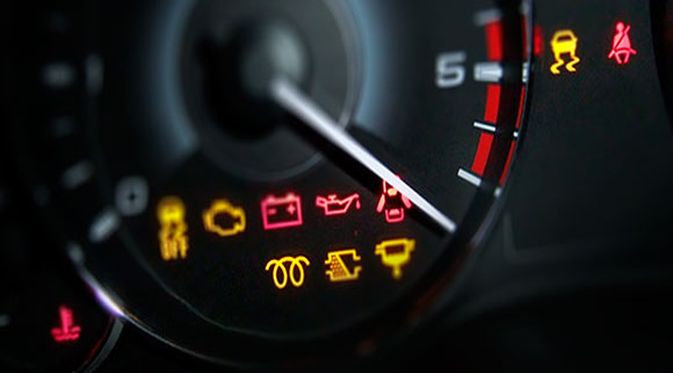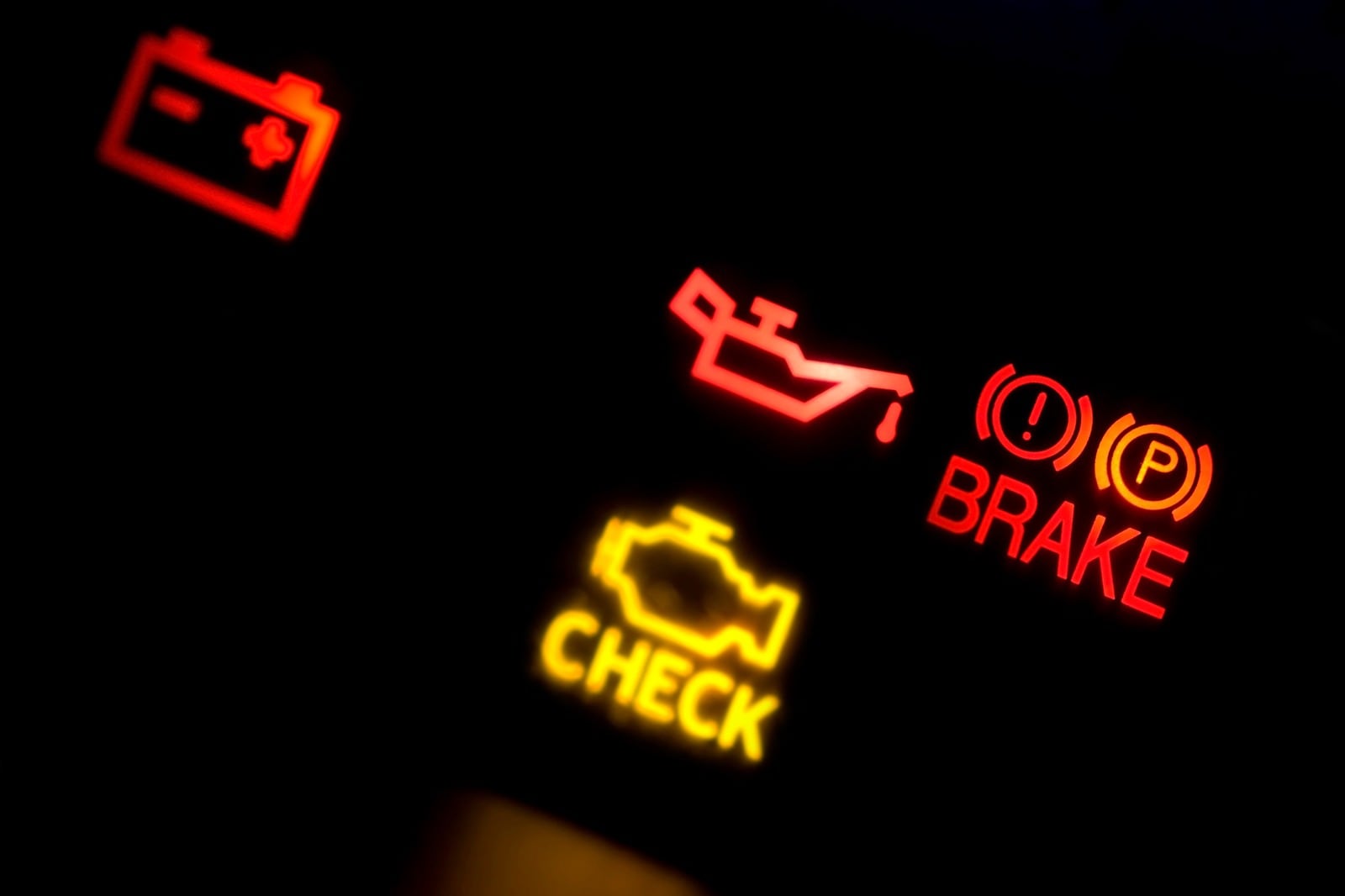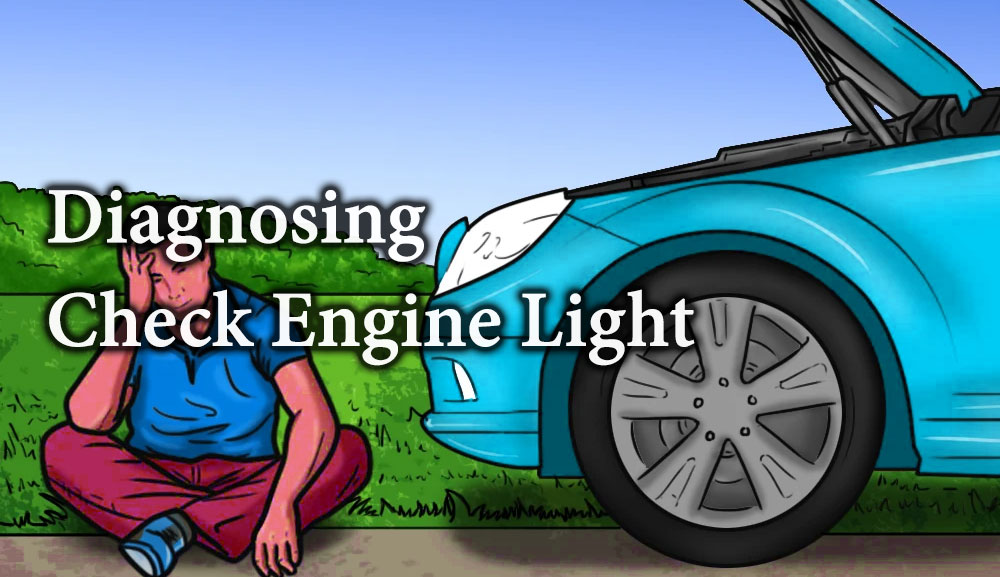Engine Light On In Car - It's a sight that no driver wants to see - the check engine light comes on, indicating that there might be something wrong with your car. There are a number of reasons why this light might come on, and it's important to understand what the light means and what you should do when you see it. In this post, we'll take a look at some common reasons why the check engine light might come on, as well as some tips and ideas for dealing with this problem.
Understanding the Check Engine Light
If you're like most drivers, you've probably seen the check engine light come on at some point. But what does it actually mean? When the check engine light comes on, it's an indication that there is a problem with your car's diagnostic systems. This could be anything from a simple issue with the gas cap to a more serious problem with the engine itself. Whatever the cause, it's important to address the issue as soon as possible to avoid further damage and costly repairs.
Common Reasons for the Check Engine Light to Come On
So what are some of the most common reasons for the check engine light to come on? Here are a few possibilities:
- Loose, damaged, or missing gas cap
- Faulty oxygen sensor
- Faulty catalytic converter
- Issues with the spark plugs, spark plug wires, or ignition coils
- Problems with the Mass Airflow Sensor (MAF)
- Issues with the Engine Control Module (ECM)
What Should You Do When You See the Check Engine Light?
If you see the check engine light come on while driving, the first thing you should do is stay calm. Don't panic - it might not be a serious problem. However, it's important not to ignore the light, as it could be an indication that there is a problem with your car that needs to be addressed.
Here are a few things you can do when you see the check engine light:
- Check the gas cap - if it's loose or damaged, tighten it or replace it
- Check the oil level - if it's low, add oil
- Take your car to a mechanic - a professional can diagnose the problem and recommend the best course of action
How to Reset the Check Engine Light
Once you've addressed the issue that caused the check engine light to come on, you'll need to reset the light. Here are a few steps to follow:
Step 1: Turn off the engine
Make sure your car is parked in a safe location, and turn off the engine.
Step 2: Disconnect the battery
Use a wrench to disconnect the negative battery cable. Wait about 15 minutes to ensure that all of the electrical power has drained from the car's systems.
Step 3: Reconnect the battery
Reconnect the negative battery cable, and start the engine. The check engine light should be off.
Conclusion
Dealing with a check engine light can be stressful, but it's important to handle the situation calmly and methodically. By understanding what the check engine light means and taking the appropriate steps to diagnose and fix the problem, you can keep your car running smoothly and avoid costly repairs down the road.
Remember - if you're not sure what to do when the check engine light comes on, take your car to a qualified mechanic. They can diagnose the problem and recommend the best course of action to keep your car on the road for years to come.
Checking Engine Light Is On Help | A1 Mobile Mechanics Of Wichita

Understanding What the Car Engine Light Means and What to Do

What Does Your Check Engine Light Mean? | Edmunds

Reasons Why Your Check Engine Light Is On | Portsmouth UCC

5 Easy Steps to Reset Your Check Engine Light Flashing
View more articles about Engine Light On In Car